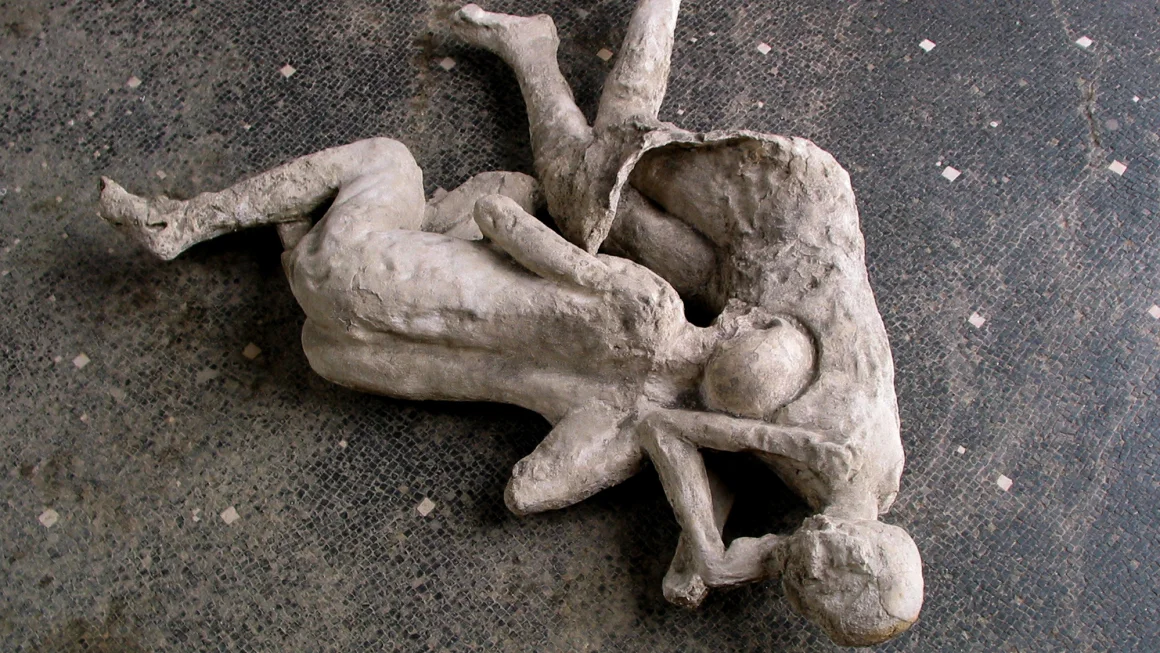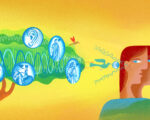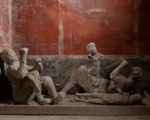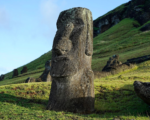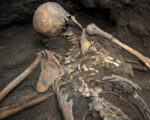The eruption of Mount Vesuvius in AD 79 obliterated entire Roman towns like Pompeii, burying its residents in a thick layer of volcanic ash that preserved buildings, frescoes, and even the positions of people as they fell. For centuries, Pompeii’s existence was forgotten, only rediscovered during later excavations, including groundbreaking 19th-century work by archaeologist Giuseppe Fiorelli. Fiorelli pioneered the technique of creating plaster casts by pouring liquid chalk into the voids left by decomposed bodies, preserving the final forms of 104 victims.
Now, advanced DNA sequencing of bone fragments preserved within these plaster casts is rewriting some long-held beliefs about the identities and relationships of Pompeii’s residents in their final moments. In one case, what was thought to be a mother holding her child—a figure with a gold bracelet and a smaller figure on her hip—turned out to be two unrelated individuals. Meanwhile, two other bodies, once believed to be a pair of sisters or a mother and daughter, were revealed to be two young adults, one male and one female.
Beyond these revelations, DNA analysis points to Pompeii as a diverse, cosmopolitan city with a population showing varied genetic heritage, a testament to its place within the multicultural Roman Empire. The new findings not only offer a more nuanced understanding of the people of Pompeii but also provide a vivid reminder of the unexpected personal histories that can emerge from these ancient sites.


